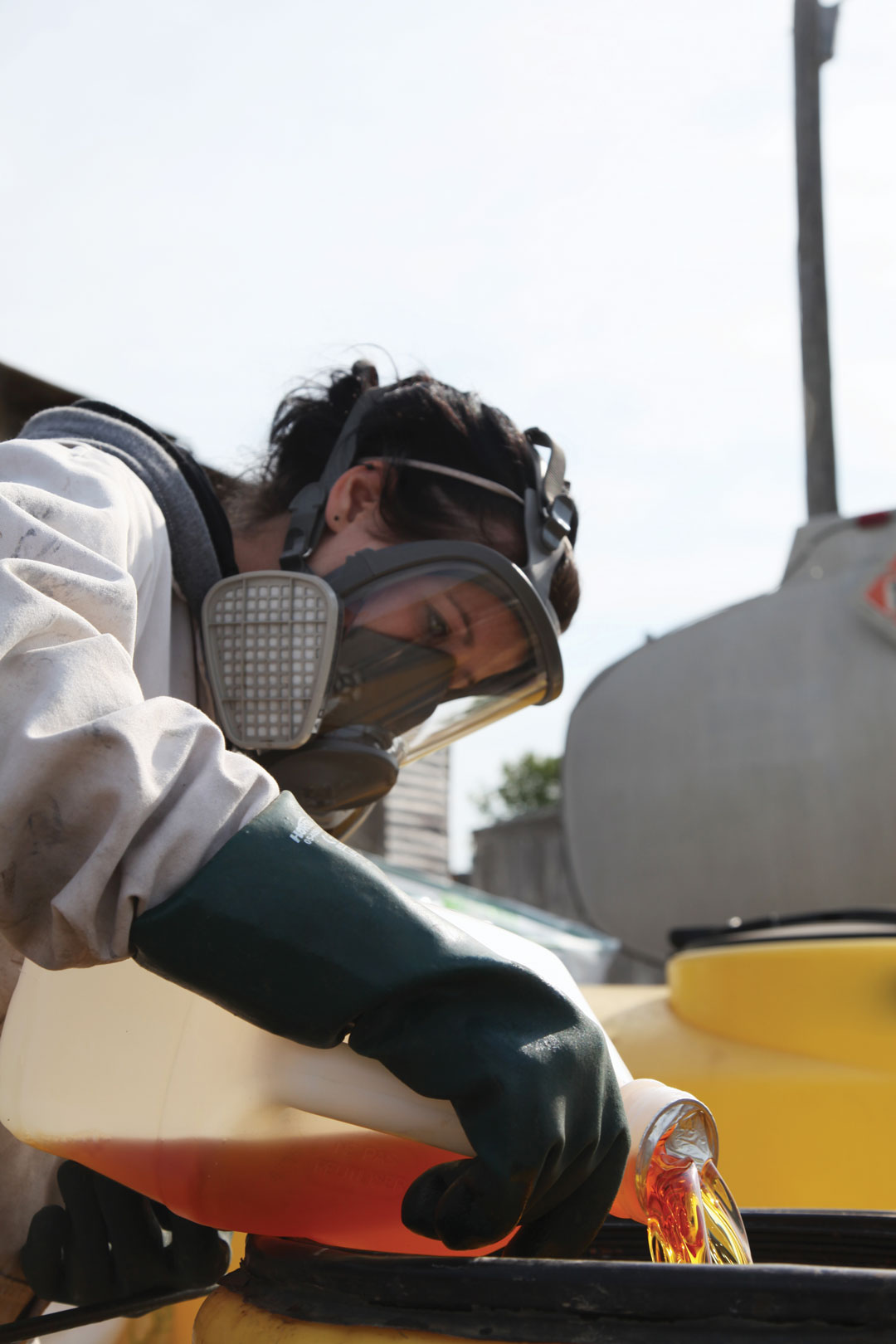MIXED SIGNALS
BY JENNIFER BARBER • PHOTO: SHUTTERSTOCK
The Pest Management Regulatory Agency (PMRA) is looking at changes to tank-mix policy. These adjustments could make many tank-mixes illegal. This is a concern for farmers and industry groups as the issue reflects policy conflicts and not the correction of potentially unsafe application practices.
A 2009 memorandum to the Pest Control Products Act allowed for the use of unlabelled tank-mixes provided users followed the labels of each registered product. However, the 2006 Act also states that no person shall use a pest control product outside of label direction. This conflict in language is the crux of the issue.
“To our knowledge there has been no specific complaint or risk to human health that has spurred this review, it is administrative in nature,” said Shannon Sereda, Alberta Wheat Commission (AWC) and Alberta Barley government relations and policy manager. “There is a misalignment in policy and the solution proposed to fix it could end up as an expensive and time-consuming problem for farmers, industry and government.”
In order to continue the legal mixing of off-label combinations, companies would need to apply for approval for every possible product combination a farmer might use. This process would take years to complete, and companies would be unlikely to invest in registration of generics or competitors’ products.
“Our main concern is that our options would become more limited,” said Jason Saunders, a Taber area farmer and AWC region one director. “It would be a struggle to get what we know works best on all of the legal labels. If we are not able to continue using our current tank-mix options this could also put us at a disadvantage against our American counterparts as they don’t have this same regulation. Nobody wants to break the rules, but it would be nice if the rules were logical.”
Saunders said to apply products not on a tank-mix label, farmers would have to choose between using the optimal chemical products or perhaps making two passes rather than tank-mix. Given application windows are usually short, he is concerned this could make the business of farming more challenging and expensive.
Sereda said AWC and Alberta Barley are concerned the implementation oflabel changes will take excessive timeand lengthen the registration process for new products.
“There are about 660 products that are subject to change and it will take about six months or longer to review the label for each product,” said Sereda. “PMRA is already under-resourced, so we question the feasibility of this administrative burden on our regulatory system. We need a robust system and want to attract new products.” If the process becomes backed up, she believes it may affect the willingness of input companies to release new products.
In July 2020, Health Canada published a regulatory proposal on this matter for public consultation. The document includes proposed changes to product label instructions and notes which mixes may be applied by users. Under the proposed changes, farmers would have the option of applying mixes specifically identified on product labels. In addition, users would have the option of applying mixes composed of chemicals for which each product label includes a new “general label” statement related to mixing.
“The comments received during the public consultation are currently being reviewed,” said Geoffroy Legault-Thivierge, a Health Canada media relations officer. “These will be taken into consideration in the development of the final decision, which will include an implementation timeline.”







Comments